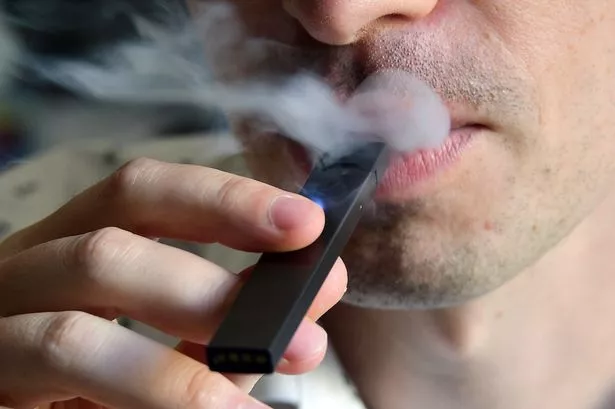What is the safest vape for your lungs?

In recent years, the popularity of vaping has soared as an alternative to traditional smoking. However, concerns about the potential health risks associated with vaping have led many individuals to seek out safer options.
Exploring the Safest Vaping Options for Lung Health: A Comprehensive Guide
In this article, we will explore the factors that contribute to lung health concerns in vaping and delve into the safest vape options available.
Understanding the Concerns:
Vaping involves inhaling an aerosol, often referred to as vapor, produced by an electronic cigarette or other vaping devices. While vaping eliminates many of the harmful chemicals found in traditional cigarettes, it is not entirely risk-free. The primary concerns for lung health arise from the substances present in e-liquids and the potential for heating elements to release harmful byproducts.
Factors Affecting Lung Health:
- E-liquid Ingredients: The base ingredients of e-liquids typically include propylene glycol (PG) and vegetable glycerin (VG). These are generally recognized as safe for ingestion, but concerns arise when these substances are heated and inhaled. Opting for e-liquids with high-quality, pharmaceutical-grade ingredients can minimize potential risks.
- Nicotine Levels: Nicotine, while addictive, is not the primary cause of lung issues associated with vaping. However, excessive nicotine consumption can lead to adverse health effects. Choosing lower nicotine levels or even nicotine-free e-liquids can contribute to a safer vaping experience.
- Flavor Additives: The vast array of available e-liquid flavors often involves the use of various additives. Some of these additives may pose potential risks when inhaled. Opting for e-liquids that use natural flavorings or have been tested for safety can help mitigate concerns.
- Device Quality: The type of vaping device and its components play a crucial role in determining safety. Well-regulated, reputable devices are less likely to malfunction or produce harmful byproducts during use. Regularly cleaning and maintaining your vaping device can also contribute to a safer vaping experience.
Safest Vaping Options:
- Pod Systems: Pod systems are compact, easy-to-use devices that have gained popularity for their simplicity and efficiency. They often have pre-filled or refillable pods, reducing the likelihood of spills and leaks. Additionally, pod systems are designed to minimize the production of harmful byproducts.
- Temperature Control Mods: Temperature control (TC) mods allow users to set a maximum temperature for their device, preventing it from reaching levels where harmful compounds may be produced. This feature can be especially beneficial in reducing the risks associated with overheating e-liquids.
- Organic E-Liquids: Choosing e-liquids made from organic and natural ingredients can be a safer option. These products are often free from synthetic additives, pesticides, and contaminants that may pose health risks.
- Nicotine Salts: Nicotine salts provide a smoother vaping experience and are generally considered less harsh on the lungs than traditional freebase nicotine. They are available in higher concentrations, allowing users to achieve their desired nicotine levels without the need for excessive vaping.
Conclusion:
While the long-term health effects of vaping are still being studied, choosing the safest vaping options can contribute to a healthier experience. It is crucial to stay informed, select high-quality products, and be mindful of the ingredients in your e-liquids. As the vaping industry continues to evolve, a commitment to safety and responsible use can help individuals enjoy the potential benefits of vaping while minimizing potential risks to lung health.
